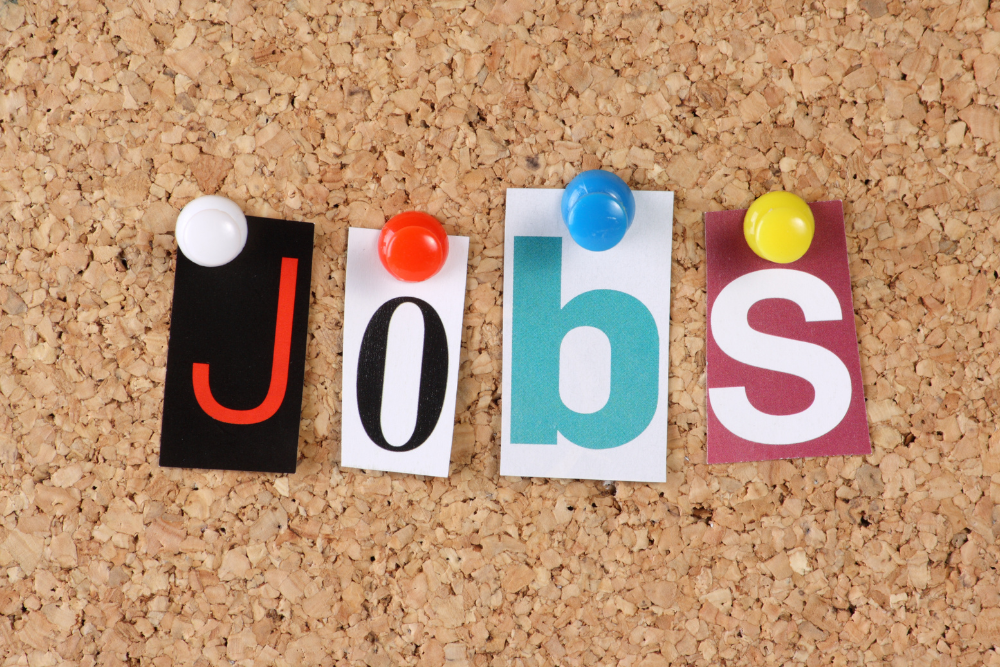Plumbing is the hidden network that powers our modern lives. It’s responsible for delivering clean water, removing waste, and maintaining sanitation—three elements that are vital for human health and comfort. Whether in homes, offices, or industrial facilities, plumbing ensures that water moves smoothly in and out of buildings. From the moment you turn on a tap to the instant you flush a toilet, plumbing systems are working behind the scenes to keep everything running effortlessly. This complex infrastructure is one of the most important elements of civil engineering and daily living.
While many people only think about plumbing when a leak or blockage occurs, its influence is far broader. Proper plumbing protects against contamination, supports hygiene, and even regulates water temperature and pressure for safety and comfort. The systems we depend on have evolved from ancient aqueducts to smart, digitalized water management technologies. Modern plumbing is no longer just about pipes and drains—it’s about sustainability, conservation, and innovation. Understanding how it all works gives us a deeper appreciation for one of civilization’s greatest engineering achievements.
The Historical Development of Plumbing Systems
The concept of plumbing is nearly as old as civilization itself. Archaeological findings show that the ancient Egyptians and Indus Valley people built sophisticated drainage systems as early as 2500 BC. The Romans, however, revolutionized plumbing with their aqueducts, underground sewers, and public baths. They developed the first pressurized water systems, distributing water across vast cities through lead pipes. While those early systems were basic compared to modern standards, they established the principles of water management that are still used today.
As time progressed, materials and techniques improved dramatically. Lead, which was once common, gave way to safer materials such as copper, galvanized steel, and eventually PVC and PEX piping. The Industrial Revolution accelerated plumbing innovations, introducing mechanical pumps and municipal water systems that could serve entire populations. By the 20th century, plumbing became an essential component of urban infrastructure. Today, with growing emphasis on health and sustainability, plumbing continues to evolve—combining traditional craftsmanship with cutting-edge technology for a cleaner, greener world.
Understanding How Plumbing Systems Work
Every plumbing system is built around two main networks: the water supply system and the drainage or waste removal system. The supply system brings in clean, pressurized water from a municipal source or a private well. It uses a series of valves, pipes, and fittings to distribute water to sinks, showers, toilets, and appliances. The drainage system, on the other hand, safely removes wastewater and directs it to a sewer or septic tank. These two systems operate independently but in perfect coordination to ensure balance, hygiene, and efficiency.
Plumbing also relies on gravity, air pressure, and venting to function properly. For example, vents allow sewer gases to escape safely while maintaining smooth flow within pipes. Water heaters, filters, and regulators further enhance performance by controlling temperature, purity, and pressure. Even a small imbalance—such as a clogged vent or low water pressure—can disrupt the system’s efficiency. That’s why understanding the internal structure of plumbing is important for preventing problems and ensuring long-term reliability.
Plumbing Materials: From Traditional to Modern Choices
The materials used in plumbing have changed significantly over the centuries. Early systems relied on clay, wood, and lead—materials that were readily available but not always safe or durable. Modern plumbing now uses copper, PEX (cross-linked polyethylene), and PVC (polyvinyl chloride) pipes, which are lightweight, corrosion-resistant, and long-lasting. Copper remains a favorite for hot and cold water lines due to its strength and heat tolerance, while PVC is preferred for drainage and venting because of its affordability and resistance to chemicals.
In recent years, the introduction of PEX has revolutionized the industry. Its flexibility allows for faster installation and fewer joints, which reduces the risk of leaks. Stainless steel and CPVC (chlorinated polyvinyl chloride) are also becoming popular, particularly in commercial and industrial setups. The right material choice depends on factors like water temperature, pressure, and the type of application. Innovations in materials science continue to push plumbing toward safer, more efficient, and environmentally responsible designs that last for decades.
The Role of Plumbers: Experts Behind the Systems
Plumbers are highly skilled professionals responsible for designing, installing, and maintaining plumbing systems. Their expertise ensures that water flows efficiently and safely throughout homes and buildings. They interpret blueprints, follow strict building codes, and use specialized tools to handle everything from leak repairs to major installations. A plumber’s job requires precision, problem-solving skills, and an understanding of hydraulics and thermodynamics. Beyond technical ability, plumbers must also prioritize health and safety, as their work directly affects public hygiene and water quality.
Today’s plumbers do far more than fix leaky pipes. They install advanced appliances like water filtration units, solar water heaters, and smart leak detection systems. Many specialize in green plumbing solutions that promote conservation and reduce energy waste. Plumbers are also first responders during water emergencies, such as flooding or pipe bursts, protecting property and preventing structural damage. Their work often goes unnoticed—but without plumbers, our modern comfort and health standards would collapse within days.
Common Plumbing Problems and Their Fixes
No matter how advanced a system is, plumbing problems are inevitable over time. Common issues include dripping faucets, slow drains, running toilets, and low water pressure. These might seem small, but they can waste hundreds of gallons of water monthly and increase utility costs. More serious problems include burst pipes, blocked sewer lines, and leaking water heaters. Such issues often result from aging materials, poor installation, or neglecting regular maintenance.
Many of these problems can be prevented with proactive care. For example, cleaning drains regularly can prevent clogs, while insulating pipes in winter reduces the risk of freezing. Replacing old washers and fittings also prevents leaks before they worsen. For larger issues—like hidden leaks or sewage backups—professional inspection is essential. Using cameras and pressure sensors, plumbers can detect faults deep within the system and repair them before major damage occurs. Early intervention always saves time, money, and stress.
Plumbing Maintenance: Protecting Your System’s Health
Routine maintenance is the key to extending the lifespan of a plumbing system. Simple checks, like observing for moisture under sinks or unusual noises in pipes, can prevent costly breakdowns. Regularly flushing the water heater removes mineral buildup that reduces efficiency. Homeowners should also inspect their faucets, showerheads, and visible pipes for signs of corrosion or leaks. Proper maintenance not only conserves water but also prevents mold growth and structural water damage.
Professional inspections are equally important, especially for older properties. Annual plumbing audits help identify potential problems early, ensuring compliance with modern safety standards. Plumbers can also test water pressure, check for backflow prevention, and clean drains using hydro-jetting technology. A well-maintained plumbing system provides peace of mind and reliability, ensuring consistent water flow and waste removal. Maintenance may seem like a small effort, but its long-term impact on cost savings and comfort is enormous.
Environmental Sustainability in Plumbing
As the world moves toward sustainable living, plumbing plays a major role in environmental protection. Traditional systems often waste large amounts of water and energy, but new technologies are changing that. Water-saving fixtures, low-flow toilets, and aerated faucets reduce consumption without sacrificing performance. Greywater systems, which reuse water from sinks and showers for irrigation, are also becoming popular. Even rainwater harvesting is now integrated into modern plumbing designs to reduce dependence on municipal supplies.
Manufacturers and plumbers are also shifting toward eco-friendly materials and energy-efficient equipment. Solar-powered water heaters and heat pump systems lower carbon footprints by minimizing energy use. Governments in many countries are offering incentives for homes and businesses that adopt green plumbing systems. Sustainable plumbing doesn’t just save money—it supports the planet by conserving vital resources. In the future, eco-plumbing will likely become a standard requirement for all new constructions.
The Future of Plumbing: Smart Systems and Digital Solutions
Technology is reshaping the plumbing industry like never before. Smart plumbing systems now use sensors and Internet-connected devices to monitor leaks, track water usage, and control temperature remotely. With the rise of the Internet of Things (IoT), homeowners can receive real-time alerts on their smartphones if a leak or abnormal water pressure is detected. These innovations prevent costly damage and promote efficient resource management.
3D printing and robotics are also making their way into plumbing. Custom pipe fittings can now be printed on-demand, reducing waste and improving precision. Automated leak-sealing systems and self-cleaning pipes are already being tested in smart buildings. The integration of artificial intelligence will soon allow systems to predict problems before they occur, ensuring uninterrupted operation. The plumbing industry is clearly moving from manual repair toward predictive maintenance and intelligent design—making water management smarter, safer, and more sustainable.

